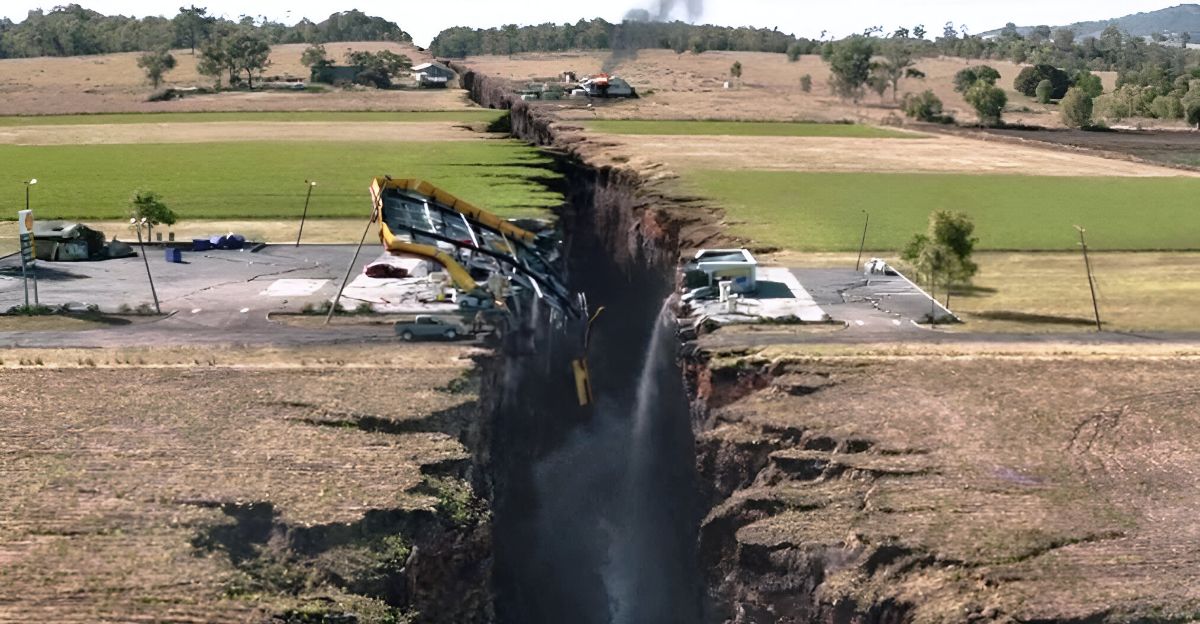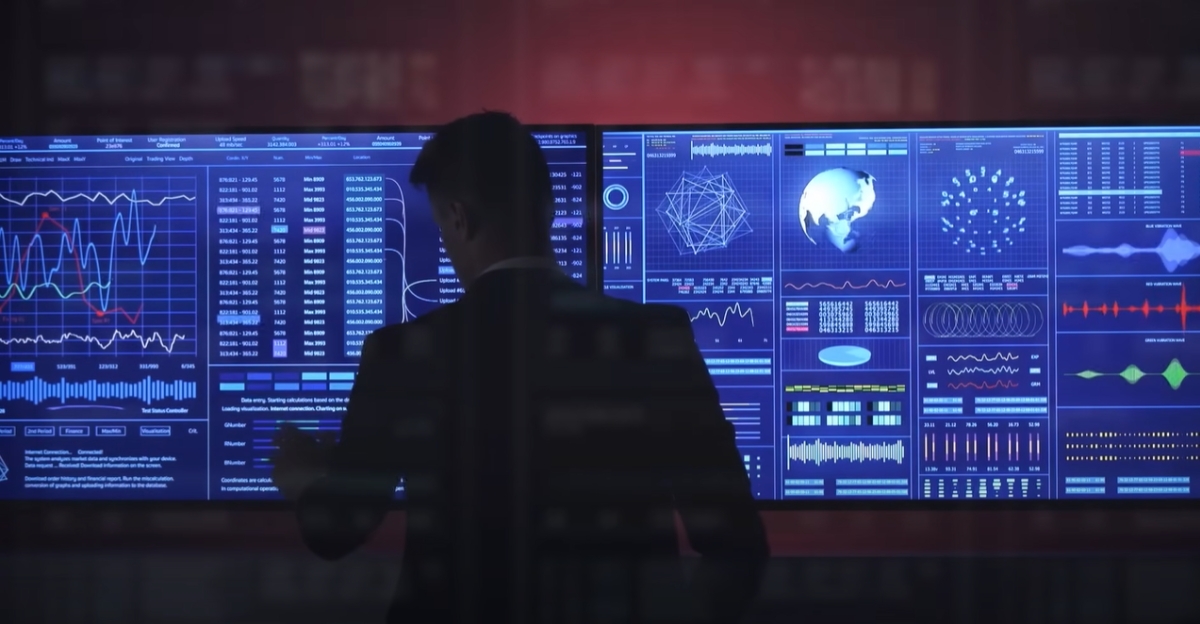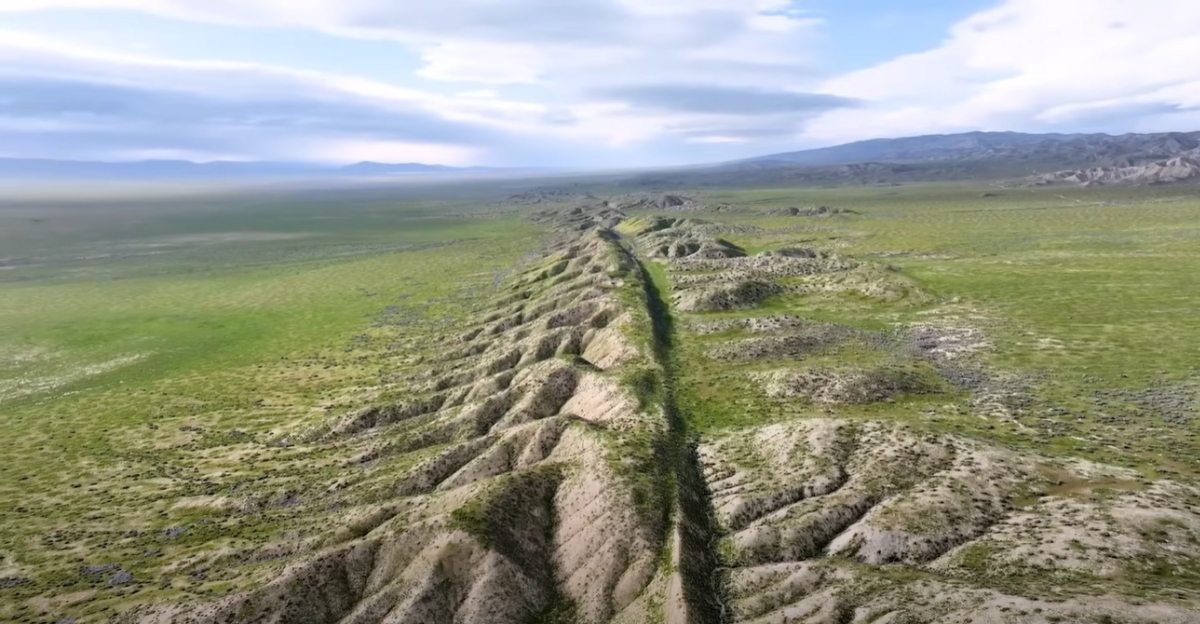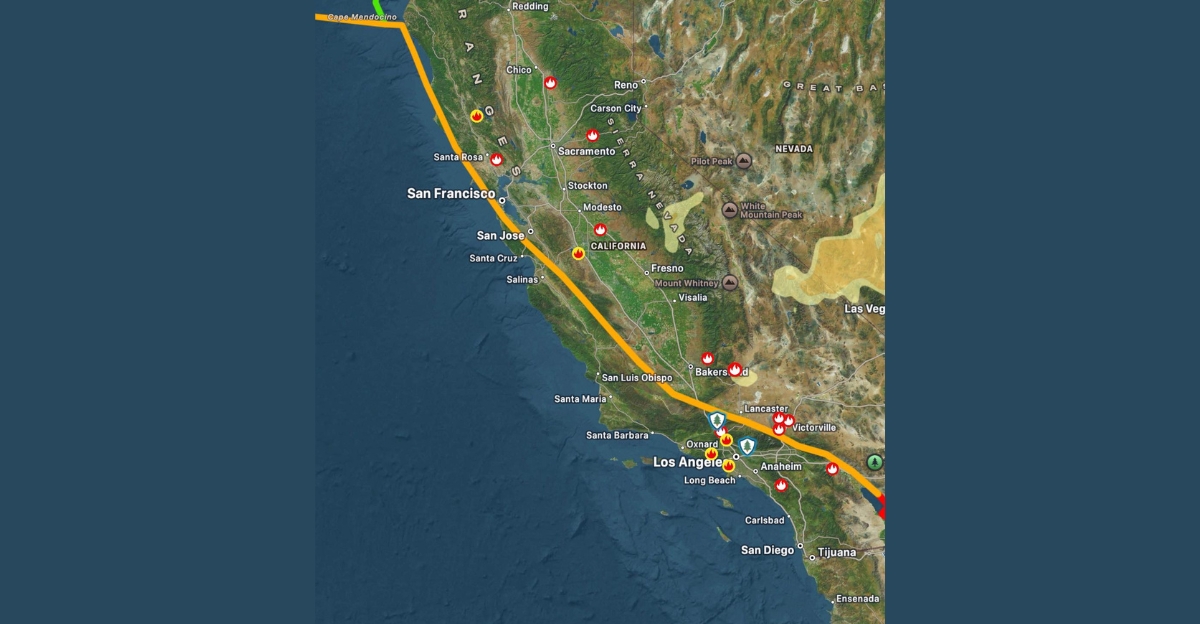
There’s a silent tension building under California’s feet—a sense that something colossal is on the horizon, but no one quite knows when, how, or why. Scientists, city planners, and even social media influencers are buzzing with conjecture, each dissecting every tremor and anomaly for clues.
The San Andreas Fault, feared for its potential for destruction, is acting erratically, producing subtle signals that keep experts on tenterhooks. Whispers of warning signs spread from research labs and government offices to Reddit forums and everyday conversations, spreading both anxiety and curiosity.
But beneath the surface-level panic and viral TikTok video hysteria, the true story is anything but simple and far more critical than we could ever conceive.
If the Fault Does Break, the World Would Feel It

A major San Andreas Fault rupture would shake more than just California—it would reverberate through global finance, tech, and culture. Los Angeles, San Francisco, and Silicon Valley would take the hit as roads, highways, and data centers would be disabled.
The economic blow would have far-reaching consequences, with insurance markets, supply chains, and even global relief agencies bracing for the shock.
Nature and Wildlife in the Balance

It’s not just cities at risk. The San Andreas Fault runs through national parks, wetlands, and bird and animal migration corridors. A massive earthquake can alter river courses, trigger landslides, and disrupt habitats and ecosystems for generations.
Animals, too, are affected—like the San Diego Zoo’s elephants, who recently huddled in a circle to guard one another against a quake. The environmental cost could be as devastating as the human one.
The Hidden Clues in the Noise

How did we get here? Scientists have been tuning in to the Earth’s whispers for decades. Sophisticated GPS arrays, deep-borehole seismometers, and even artificial intelligence now sift through mountains of seismic “noise” to detect patterns beyond human vision.
Social media, especially TikTok and Reddit, turns each quiver into a global phenomenon, with local fears going viral—but the real breakthroughs are happening in the data found behind the scenes.
AI, Satellites, and the Race to Predict

Seismic forecasting has been the holy grail for centuries. Then came machine learning algorithms and neural networks, which are now gaining traction. They detect minute variations in ground motion and seismic wave patterns.
Researchers at Los Alamos, for example, have used AI to detect “hidden signals” that precede massive slips, and researchers in California track GPS to search for telltale uplifts and subsidence—signs that the fault is preparing to rupture.
Why Is the San Andreas Acting Up Now?

The San Andreas Fault is a dynamic Pacific and North American plate boundary that is never at rest. Various factors and tell-tale signs have emerged over the last few years.
Groundwater depletion (as a result of pumping), global warming, and therefore, climate-induced droughts, and even human-made activities are changing the underground stresses.
For example, water extraction from aquifers changes the weight and pressure on the fault, silently driving it towards failure. These shifts cause the fault to behave in familiar and unsettling new ways, potentially pushing it towards the brink.
Specific Signs of Impending Quake

So, here’s what has been happening. At Parkfield, where a big part of the San Andreas Fault lies, scientists observed a unique signature—an increasing low-frequency seismic wave attenuation and a decrease in high-frequency attenuation.
This kind of activity is linked to the opening and closing of cracks deep in the rock. This “bifurcation” is a significant precursor to an earthquake, last witnessed before the 2004 quake.
Add all the slow earthquakes, creeping ground, and a flurry of microseismic activity, and you will find some concrete signs that the fault is poised for a major event.
Where Are the Danger Zones?

It’s essential to consider the danger zones throughout the state, which aren’t evenly spread. Areas like Palm Springs, Indio, Victorville, Corona, Ontario, Moreno Valley, Fontana, San Bernardino, Riverside, and especially Los Angeles are on high alert.
Social media is saturated with “danger zone” lists and maps, and they aren’t incorrect to do so, as prediction science can confirm: proximity to the fault, local geology, and infrastructure must all be considered when determining what areas might be at greater risk.
How Can People Prepare—And Why Should They?

With all this talk of impending disaster, it is perhaps wise to look into protection and preparation methods, tips, and tricks. Preparedness is not panic; it’s an act of resilience and readiness.
Modern building standards, quake warning apps, and neighborhood drills, such as the annual ShakeOut drill, have each contributed to helping prepare for the worst. But experts also warn that personal preparedness—disaster kits, family plans, and retrofitting buildings—is essential as well.
Social media mocks “preppers,” yet after every quake, social media is flooded with tales of regret at not having done something to protect and prepare families.
Lessons from the Past—San Andreas’ Violent History

The San Andreas Fault has already brought its special brand of devastation. The 1906 San Francisco earthquake devastated the city, killed over 3,000 people, and resulted in raging wildfires that forced wildlife to flee their habitats.
Almost 50 years prior, the 1857 Fort Tejon quake, although less deadly, flattened the widespread urban landscape, uprooted trees, and altered rivers, leaving fish stranded far from water. Further, the more recent quakes also left their mark.
Each disaster has reshaped cities, economies, ecosystems, and policies. But the intervals between large quakes—typically over a century—often mean we forget how ferociously the fault can unleash its power.
What’s Next? A Future Written in Fault Lines

So, will the San Andreas Fault finally rupture, delivering an unprecedented natural disaster in the near future? Nobody has a clue. But the signs—both subtle and dramatic—are mounting, and the real test is not living in fear but living in awareness.
The San Andreas Fault line’s story is still being written, in the lab, on social media, and beneath our feet. Are we prepared to listen—and do something—before the world around us changes once more?
Explore more of our trending stories and hit Follow to keep them coming to your feed!

Don’t miss out on more stories like this! Hit the Follow button at the top of this article to stay updated with the latest news. Share your thoughts in the comments—we’d love to hear from you!







